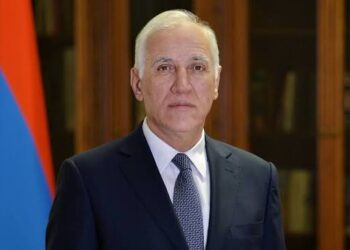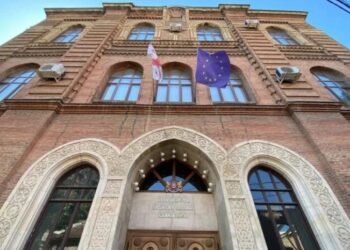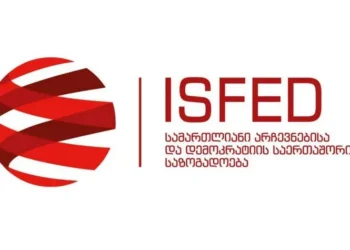President Trump and Russian President Vladimir Putin met for around two and a half hours at Joint Base Elmendorf‑Richardson in Anchorage, Alaska, on August 15. Despite calling the talks “productive” and claiming “great progress,” both leaders left without a formal agreement or ceasefire deal for Ukraine.
The summit began with lavish pageantry—a red‑carpet welcome, military flyover, and Putin even rode in Trump’s limousine. Yet, the impressive visuals contrasted sharply with the absence of meaningful results: there was no ceasefire, no specific commitments, and no press Q&A.
Trump appeared unusually subdued, delivering a joint statement with Putin—declaring reserved optimism while avoiding details. Putin echoed calls for Ukraine’s security but reiterated Russia’s long-standing demands, including preventing Ukraine from joining NATO and demilitarizing it.
Many have criticized the meeting for sidelining genuine Ukrainian involvement, warning that peace must include Ukraine and Europe—not just US and Russian leaders. Critics across Europe and the US also expressed concern over the lack of substance, despite Trump’s upbeat tone.
Both leaders hinted at future talks, with Putin inviting Trump to Moscow in a rare use of English.
Trump spoke to President Zelensky and a number of European and NATO leaders on his flight back to the White House. Statements from those leaders are expected shortly.
Overall, Putin’s return to US soil was seen as a symbolic posture—but not a turning point.














